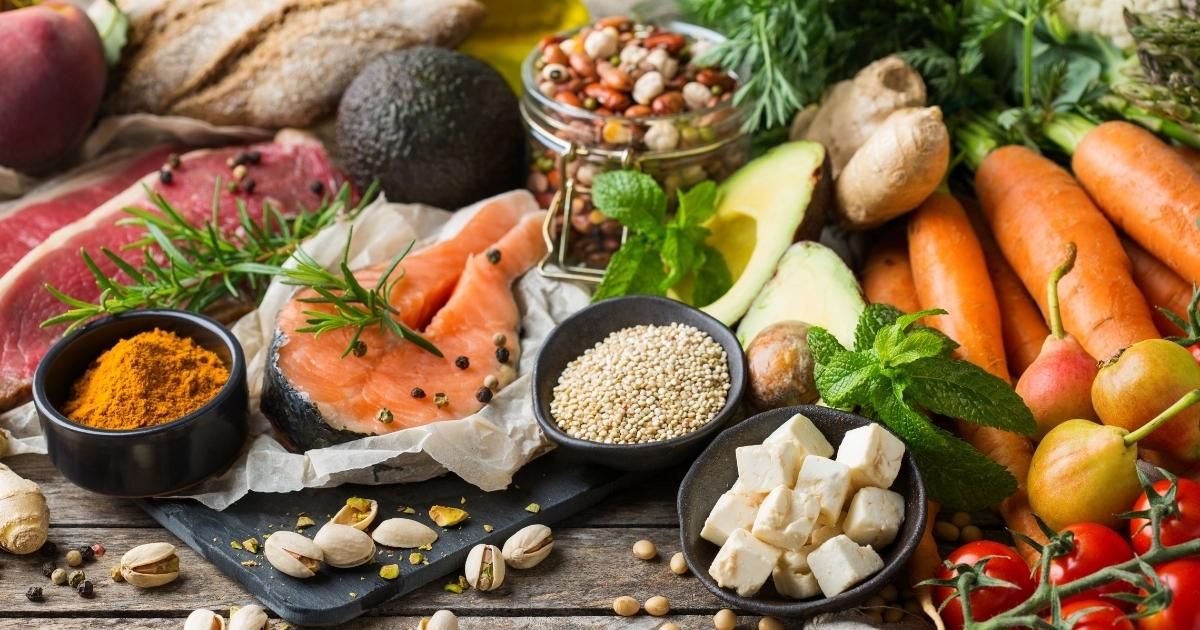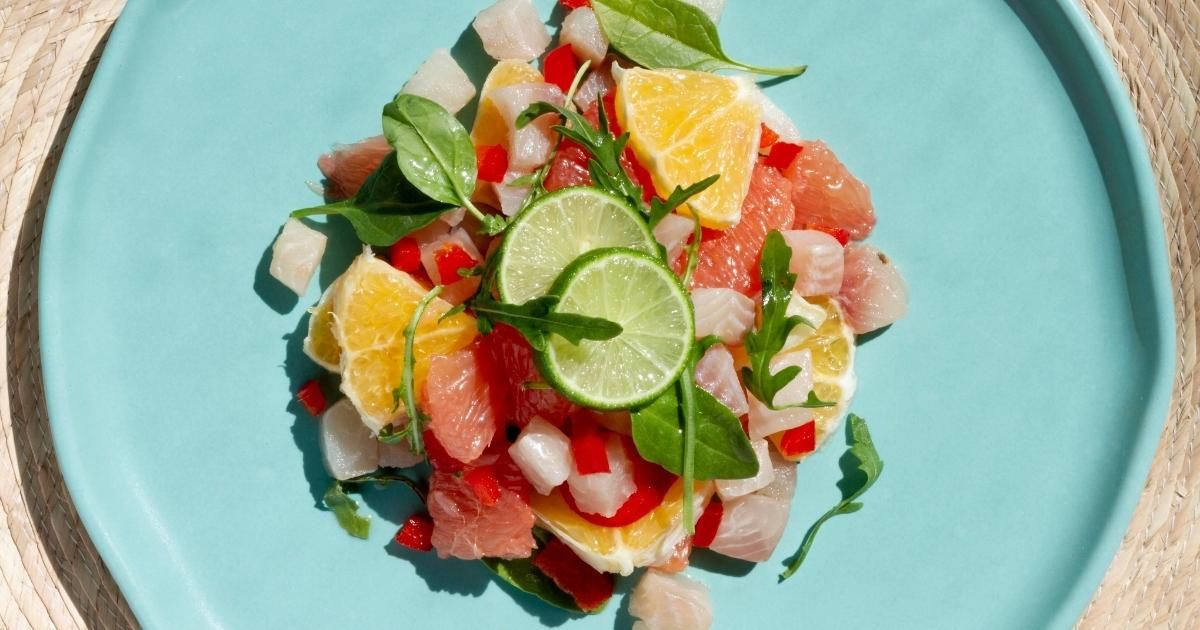What Is The Flexitarian Diet?
The flexitarian diet, also called a semi-vegetarian diet, has been popular for a while, and it is a beautiful alternative for everyone looking to eat better. What is this special diet?
You’ve probably heard about vegans and vegetarians, but these are not the only ways of eating better and feeling good about yourself. The flexitarian diet is an interesting alternative that might just be perfect for you. Let’s talk about this lifestyle and how it can improve your life.
What Is the Flexitarian Diet?
You might already know that many people adopt different diets for varied reasons. Some people avoid particular food for principle and others for health issues. Acquiring new eating habits is positive and often results in a healthier lifestyle.
Vegetarians avoid eating meat but might consume cheese, eggs, milk and other animal-based products. Vegans, on the other hand, will avoid animal-based products, even in beauty products.
The flexitarian diet is, evidently, flexible. You try to eat primarily plant-based foods, with the flexibility of eating animal-based products now and then. The flexible diet has pros and cons, but it is easier to adopt than the stricter vegetarian and vegan diets.
The flexitarian diet is a good start if you look to eat better and steer away from meat and other animal products.
What Can You Eat on a Flexitarian Diet?
All diets have their restrictions. Some diets are strict, and others are more relaxed. The flexitarian diet is as loose as you want it to be, and only you can determine what you can and can’t eat.
More than a diet, experts suggest being flexitarian is a lifestyle that can benefit your health and the environment. After all, we are what we eat and only you can tell how and what to eat.
The flexitarian diet can have its restrictions, but they’re not established rules; they’re guidelines that can help you have a balanced diet while still enjoying your favorite food and the health benefits of a plant-based diet. Let’s discuss the most accepted guidelines for the semi-vegetarian diet — the flexitarian way of life.
Foods You Can Eat on the Flexitarian Diet
A flexitarian diet is based on plant-based food. This includes all types of vegetables and legumes — the protein source of the plant kingdom. Eating whole grains is also advisable, as are fruits in moderation — you must always consume simple sugars in small amounts.
In theory, the flexitarian diet allows you to consume animal-based products, but it’s up to you what to consume and what to avoid. Dairy products can be a reliable source of protein, fat and calcium, while fish is often considered a friendly protein source.
Balancing is critical for a balanced flexitarian diet, so eating as many types of food as possible is ideal. You can consume most of your nutrients in vegetables and legumes, and the flexibility of eating animal products sparingly ensures you don’t need to consume supplements.
Consume Regularly:
- Vegetables
- Legumes
- Whole grains
- All-natural and home-made meals
Consume in Moderation:
- Cheese and Milk
- Eggs
- Fish and seafood
- Poultry
- Pork
- Beef
Foods You Can’t Eat on the Flexitarian Diet
The flexitarian diet is meant to help you avoid animal-based products as much as possible without renouncing them entirely.
Red meat is usually the primary food to avoid, followed by white meat, including pork and poultry. Better than avoiding meat is avoiding processed food, which is much more harmful than any natural ingredient, animal-based or not.
Processed food, fast food, industrialized products, artificial ingredients and unhealthy snacks have no place in any diet, so they’re best avoided. Trans fats are to be avoided when possible, while you can consume saturated fats in moderation.
The same goes for simple sugars; products sweetened with corn fructose like sweets and sodas should be avoided, not because this is a trait of the flexitarian diet but because they are bad for you. Artificial sweeteners are a much better alternative.
Avoid when Possible:
- Processed food
- Industrialized products
- Sweets and simple carbs
- Trans fats
How To Become Flexitarian?
Unlike committing to a vegan or vegetarian diet, becoming a flexitarian is easy. You can start by eating a plant-based diet one day a week and replace animal-based foods with healthier alternatives over time.
The goal for all flexitarians is the same. Consuming less meat, which is better for oneself and the environment. It doesn’t matter if you cut back on a few animal-based meals a week or go all in as long as you are consistent.
The best part of the flexitarian diet is that you can adopt it at your own pace and be as strict or flexible as you want. The benefits, though, are evident — eating less red meat has countless health benefits, including reducing the risk of heart disease.
How to become flexitarian? Start eating less meat! And enjoy the benefits of vegetables and plant-based proteins and fats.
Flexitarian FAQs
How Often Does A Flexitarian Eat Meat?
Every flexitarian has its eating habits; some consume meat weekly, while others do so every other day. You can consider yourself a flexitarian if you consciously substitute animal-based foods with healthier, plant-based alternatives. Cut back on animal products, and you’ll be on the right track.
Can You Lose Weight On A Flexitarian Diet?
Ingesting more vegetables and legumes instead of animal proteins doesn’t guarantee losing weight. Weight problems are attributed to excess calories, more often than not from carbohydrates and sugars, and not meat.
Having said that, Consuming less meat can lower the risk of heart disease and help you reach your weight goals if you don’t abuse processed and sugary foods. Eat in moderation and eat better — that’s the best way to be healthier.
Is The Flexitarian Diet for You?
Some suggest being flexitarian is not a real commitment to an animal-free diet. Still, there’s no doubt reducing meat consumption, even if not every day, can have a significant impact on your lifestyle, health, looks and attitude. Eating less meat is good for the environment, too, even if you don’t cut animal products from your diet entirely.
Being flexitarian is a sure way of doing something about your diet and making a change. All in a flexible way that doesn’t harm anyone and benefits us all. Avoid animal products every other day and find the right balance for yourself. At the very least, we should all be flexitarians to reduce the health risks associated with the modern, meat-based diet and give our planet a break. The flexitarian diet is the easiest to adopt of all diets and lifestyles. Why not try it?




























